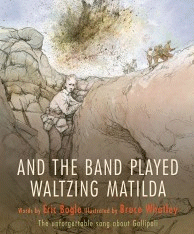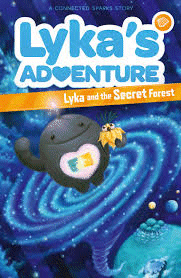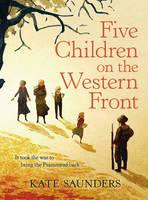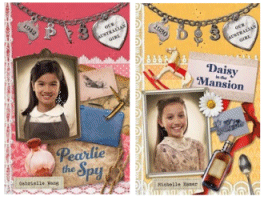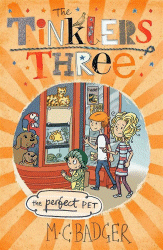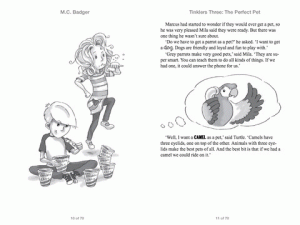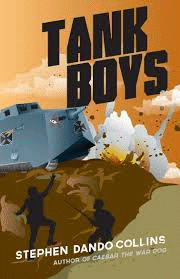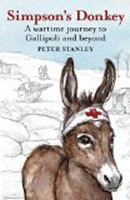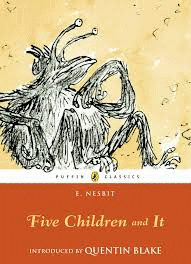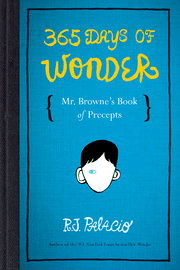And the Band Played Waltzing Matilda
Eric Bogle
Bruce Whatley
Allen & Unwin 2015
hbk., 32pp., $A24.99
9781743317051
Is there a more haunting tune about World War I than Eric Bogle’s classic And the Band Played Waltzing Matilda?
Beginning with
Now when I was a young man, I carried me pack, and I lived the free life of a rover
From the Murray’s green basin to the dusty outback, well I waltzed my Matilda all over
it tells the story of a young man, almost any young man of 1915 in Australia, who took up arms to fight in the war at a time when Australia was trying to meet its quota for Britain and to not fight for King and Country branded you a coward.
They gave me a tin hat and they gave me a gun, and they marched me away to the war.
Throughout the song and the journey, from the ship departing, the slaughter of Gallipoli, the hospital for the wounded and the arrival of “the crippled, the wounded, the maimed…the legless, the armless, the blind, the insane” at Circular Quay there is the poignant refrain of the band playing Waltzing Matilda, the iconic song that many believe should be our national anthem as it connects us in a way like no other. And finally, as an old man, he sits on his porch and watches the parade with his comrades passing before him and he knows that soon, as more old men disappear, “Someday no one will march there at all”. But how proud and amazed would those who came home -and those who didn’t- be to see that this is not a forgotten war, they are not forgotten heroes and rather than no one marching, each year the crowds at the annual commemorations wherever they are get larger.
However, the most provocative stanza is
And the old men march slowly, old bones stiff and sore
They’re tired old heroes from a forgotten war
And the young people ask, “What are they marching for?”
And I ask myself the same question.”
Written in 1971 at the height of the protests against the Vietnam War, many were wondering that aloud and as the centenary of April 25, 1915 looms large, we may well all ask ourselves the same question again.
With superb illustrations by Bruce Whatley that show every emotion of the text –drawn with his left hand because he has discovered he draws “with much more emotion” with that hand –using the restrained palette that one associates with Gallipoli, this is a book that has to be in your library’s collection as it will be a song known by everyone before this year is done. However, this is so much more than one of Australia’s leading illustrators putting pictures to an iconic tune. There are teachers’ notes that provide many ideas for exploring the content, its imagery and its images and publishers Allen & Unwin have released a book trailer that encapsulates it perfectly. The lyrics and music are available in the ABC song books of 1983 (Time to Sing) and 1989 (The Sing Book).
A memorable contribution to the collection of books on this topic.
